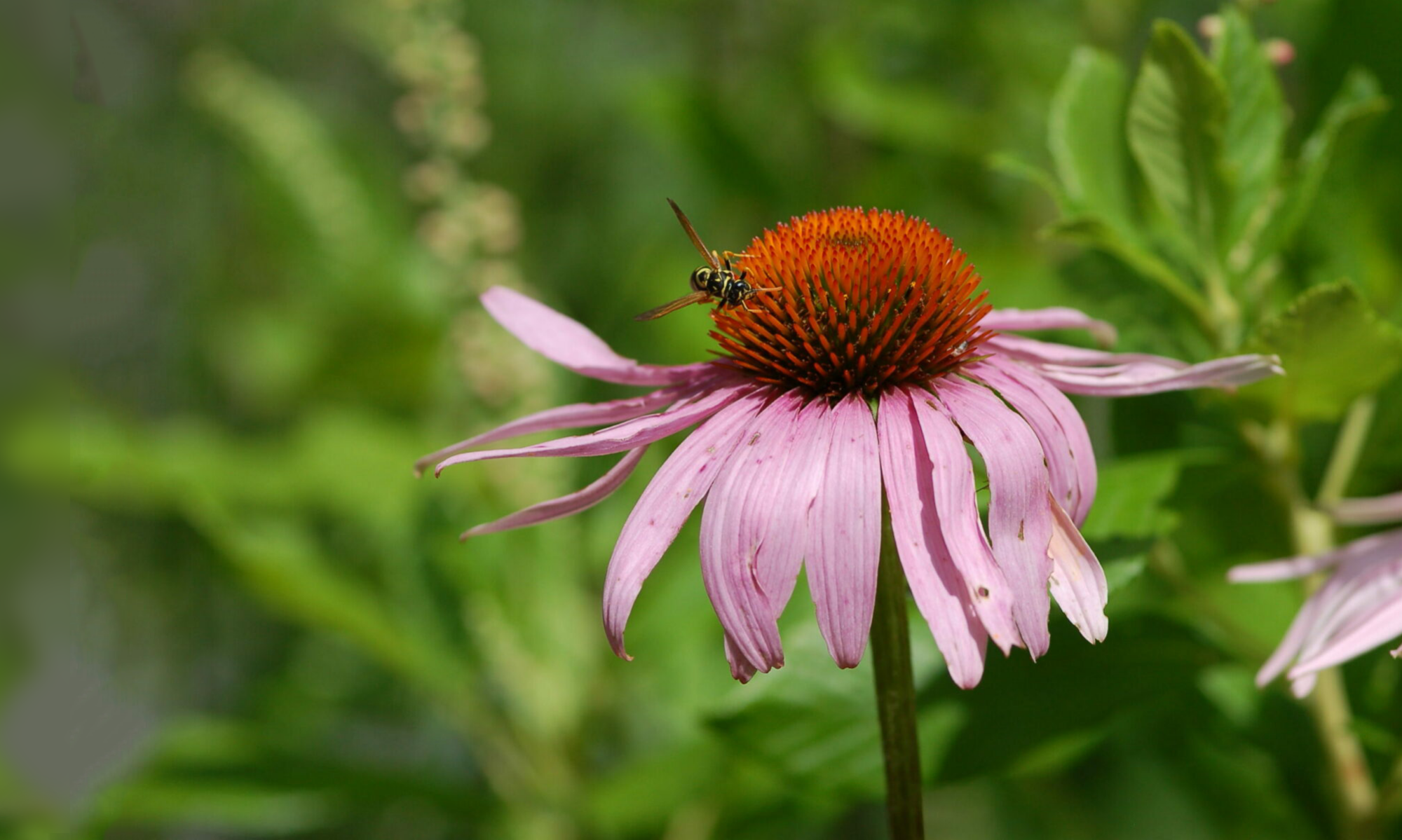I’m still transcribing my journal pages from Mexico. This entry is from our last full day in Mexico, when we visited El Rosario, the most well-known of the monarch sanctuaries. At each sanctuary visitors are required to pay an entrance fee, and this fee includes the services of a local guide. At El Rosario, our guide was a lovely Mexican man named Sylvester, who accompanied us up the mountain and answered our many questions.
“Up ahead we walked along the roped area and discovered an unusual puddling scene: rivulets of water meandered downhill through the grass and hundreds of monarchs puddled in the sun. It was so unexpected, so peaceful. Just ahead the trail turned uphill; it ended shortly after at a line of rope. Beyond the rope we could see large clusters of monarchs on shaded fir trees. As we looked longingly over the rope at those clusters, hoping Sylvester would take pity and let us closer, we looked up and saw a decent-sized cluster directly over our heads. We settled in to wait for the sun to hit this amazing find.”
When the sun finally reached our cluster, Ellen began shooting madly. After having watched her photograph for several days, I knew she would be a while. I hung around for a bit and watched her work, but eventually I was tempted back down the trail…
“After an hour or more, I set out for the puddle alone to wait for Ellen. There were many more people on the mountain now (too many, actually) … and THOUSANDS of puddling monarchs. Thousands! I had to just sit and watch. These were the most remarkable moments of the trip for me — thousands of monarchs drinking at my feet and thousands more flying over and around me. They were happy, full-up sort of moments, contentment in a whirligig of orange and black. The people around me spoke in whispers and stood in awe of the spectacle; I sat and soaked it all in.”
var sc_project=2412924;
var sc_invisible=0;
var sc_partition=22;
var sc_security=”40523864″;


















